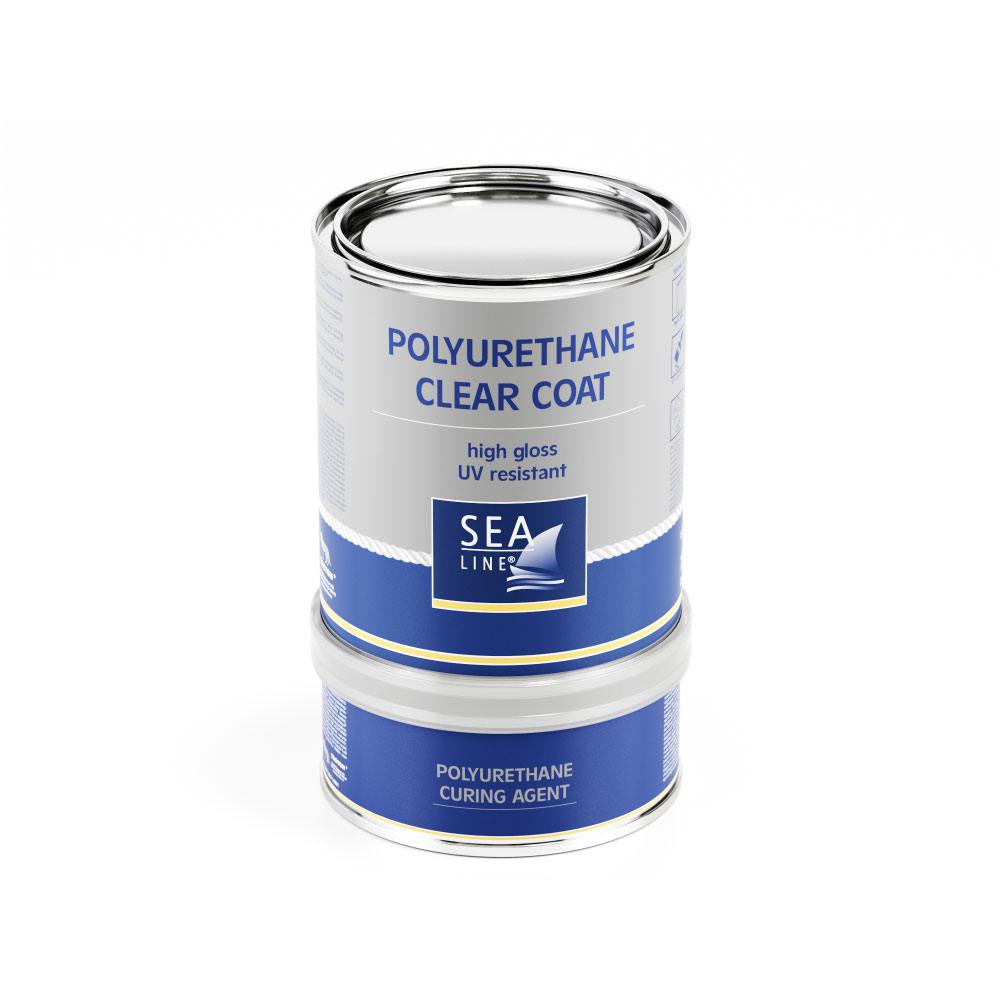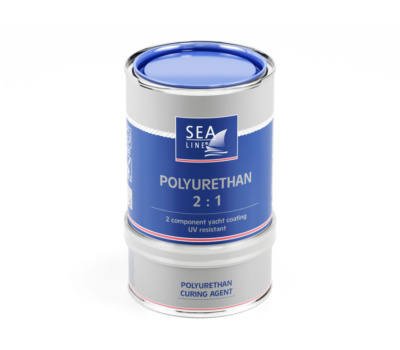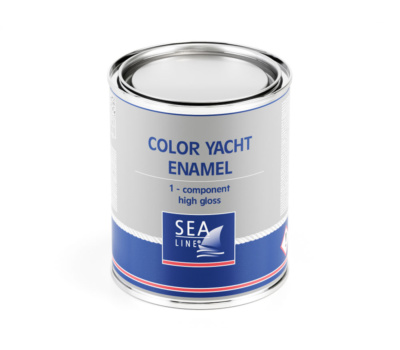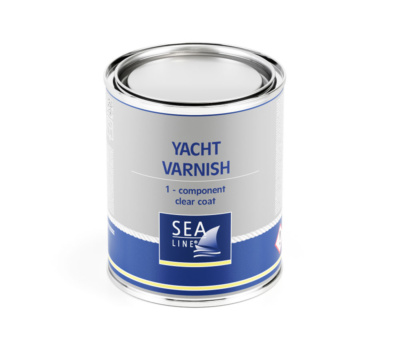It is a marine topcoat paint recommended for protecting wood and ensuring a long-lasting flawless appearance.
| Capacity | Code |
|---|---|
| 750 ml | 6749 |
| 15 l | 7506 |

By hand:
Spray:
| Type | Wood, laminates GRP | |
| Place | above waterline | |
| Function | – Top coat (without thinner) – Primer (with thinner) | |
| Application | brush, roll, spray gun | |
| Thinning | Yes Roll/brush thinner or Spray thinner | |
| Theoretical coverage For 1l | 12÷13 m2 for 80 μmWFT/ 39 μm DFT | |
| Number of coats | 2 – 4 | |
| Pot life 20°C | 3 h | |
| Time between layers without sanding | min 20 m. | |

This marine polyurethane topcoat paint is primarily recommended for protecting and renewing surfaces above the

Topcoat marine paint 1K (single-component), recommended for use above the waterline and for interior spaces

This is a clear marine varnish, dedicated to wooden boats and yachts. This product is
Sea-Line yacht paints are designed for painting the surface of boats and yachts made of various materials, e.g. laminate, wood or steel. We do not have a certificate of the National Institute of Hygiene, which would allow the use of yacht paint to paint the tank with drinking water.